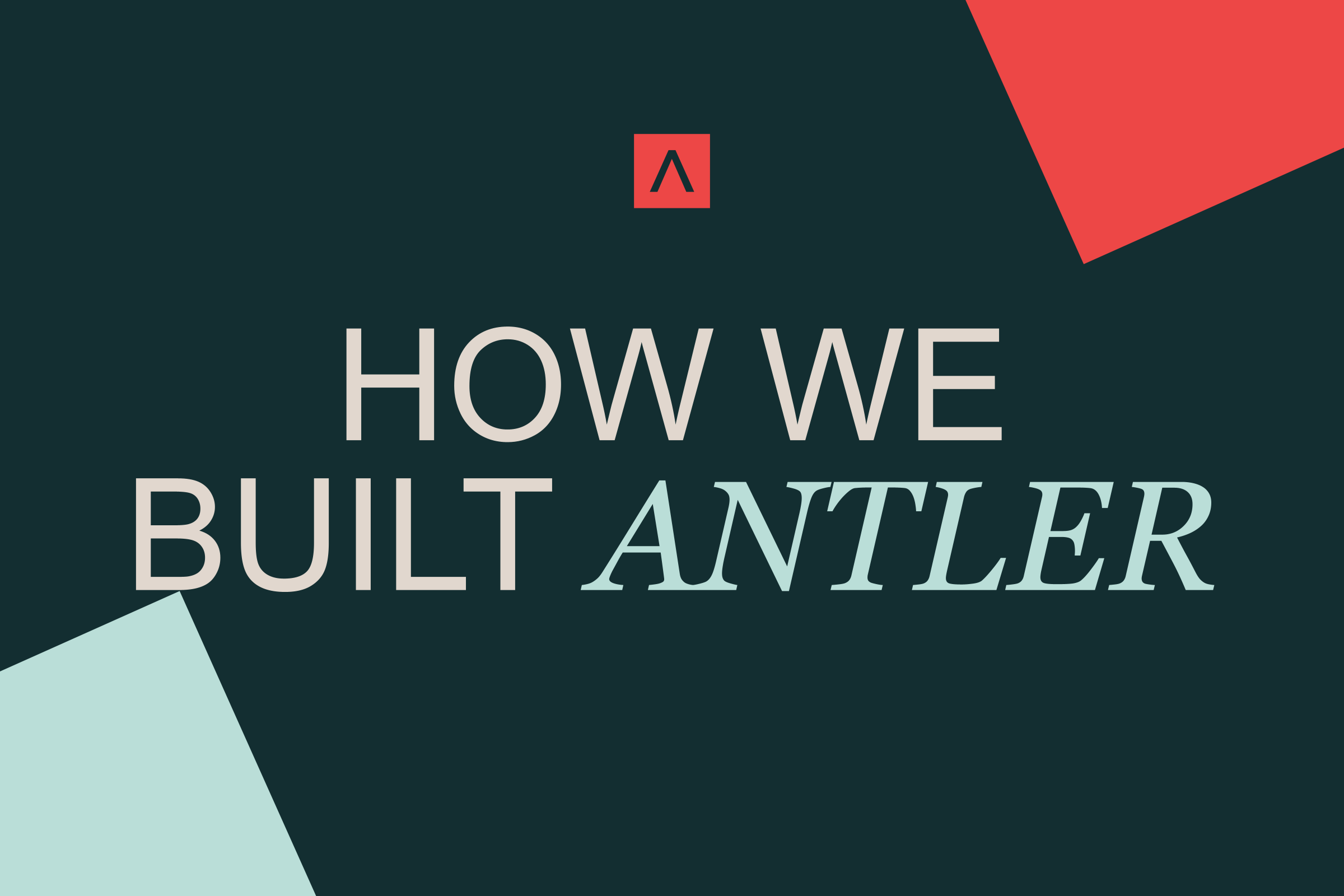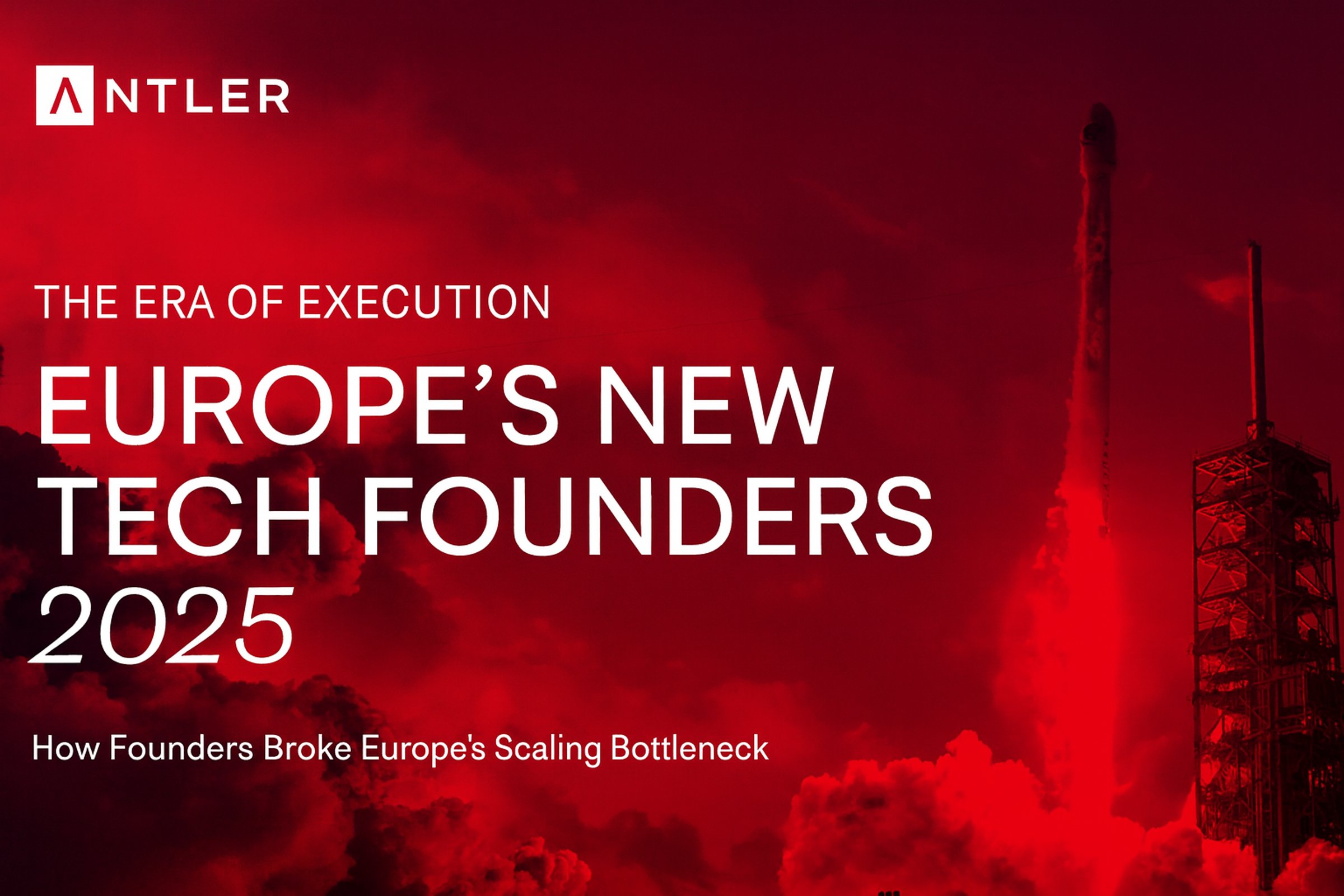Here’s the uncomfortable truth: most founders start building before they’ve spoken to a single customer. I mean, have you ever thought your idea wasn't great? Probably not. And that's the problem.
Assumptions aren’t data.
Customer validation is how you go from building what you think people want to building what they’ll actually pay for. Because that's the reason why most startups fail: They build something that people don't want - or, in better VC terms, there's no market need for the idea.
In this post, I break down how to approach customer validation and share real stories from founders who did it right. Scrappy, smart, and sometimes slightly unhinged. Let’s get into it.
TLDR:
- Start with the problem, not the product - don't sell yet
- Get in front of your ICP wherever they are - don't sell yet
- Use creativity to source interviews - examples of social media and guerrilla marketing - don't sell yet
- Ask better questions - don't sell yet
- Let your product do the talking - TIME TO SELL
- Ask for commitment - TIME TO SELL
1. Start with the problem, not the product
Think deeply about the problem you’re solving. Where does it show up? How urgent is it? What are existing players doing, and what are they missing? Don’t just Google it, actually go talk to people, explore app store reviews, Reddit threads, LinkedIn comments. If you can’t describe the gap clearly, you’re not ready to build. Or not the best person to work on that (sorry!).
BetaDocs' Adrian Yong and Pactify's Rahul Moudgil understood the assignment.


2. Get in front of your ICP - wherever they are
Start with people in your network if you can. If not, hustle. Go broad. Get on Zoom calls, coffee chats, and DM threads. Your goal? Understand how they live with the problem.
Do not pitch your idea yet.
Matt Doughty, Co-founder of Prefactor, started from a complete standing start - no CTO network, no shortcuts. In just seven weeks, he spoke to 100 CTOs by putting in the reps. He used LinkedIn, founder networks, niche groups on Facebook and WhatsApp, and didn’t wait for warm intros. "Literally one of the most rewarding experiences, which is all the more impressive given it was a standing start at the beginning of the 7 weeks," according to him.
Testfeed's Millie Marconi, on the other hand, took a very strategic approach. In her own words: "I didn’t have intros, a product, or any credibility. I looked at the gap between me and the people I wanted to speak to and knew I couldn’t approach them as an equal. So I didn’t."
Instead, she leaned into flattery. Genuine, but strategic.
"I positioned them as someone with rare insight and hard-won experience, whose voice deserved to shape what I was building. My messages were short and deferential. I’m an early-stage founder, I admire your work, and I’d be incredibly lucky to get a few minutes of your time."

It worked. The response rate, as she put it, was ridiculous. She ended up running over 200 interviews. Some of those people helped shape her product. Some became early signs of traction. And some are still in her corner today.
And Sapyen's Ashwin Ramachandran signed up as an Uber driver during COVID, not for cash, but for conversations. He drove people to fertility clinics (his ICP) and used those rides to validate the core problem Sapyen is solving. No warm intros. Just proximity and purpose. With that, he built a waitlist of 5,000+, secured KOLs and commercial partners, and pushed regulatory approvals through off the back of it.

If you’re just getting started, blend Matt’s persistence, Millie’s tone, and Ash’s scrappiness. The combination is deadly.
Step 3. Use creativity to source interviews
Validation doesn't need to be formal. It needs to work.
Sam Richardson, Co-founder of Butter, validated her audience on TikTok with a 30-second video that led to 80 interviews in five days. No ad spend. No social following. Just a clear message asking for help.
“We needed to gather primary research from a large number of people within a tight demographic. Knowing TikTok would be one of our main acquisition channels, and that our audience lived there, we filmed a rough 30-second video asking people to comment if they were open to chatting. By asking for help instead of pitching, we booked 80 interviews in 5 days. We didn’t even have a following.”

Make validation an experience (aka Guerrilla Marketing)
Humpday's Kara Zervides got outside. Literally.
“We tested in the wild: flowers at train stations, a confession booth at the Grand Prix, QR code stickers in Melbourne and Sydney. It was a chance to speak to users, generate content, and gauge interest through engagement. It also gave us proof points to show traction, before we even had a product.”

4. Ask better questions
Once you’ve got people talking, don’t pitch. Don’t ask what they think of your idea. Ask about them. Their tools. Their frustrations. Their workarounds.
Here are a few questions to start with:
- How are you currently solving this problem?
- What’s the hardest part about doing that?
- How many times does that happen per day or month?
- How much is it costing you (time, money, energy)?
- Have you paid for a solution before?
- What would make this a must-have for you?
Look for patterns. Ignore praise. People lie about interest, they don’t lie about pain.

Step 5. Put something in their hands
Validation isn’t theoretical. It’s behavioural. Put something in front of them. A landing page. A Figma prototype. A robot arm. A lo-fi ad.

Flyweel's Matteo Calo used AI to build a quick visual prototype. He then spent $100 running paid ads to see if anyone would bite. “It was fast, cheap, and gave us the signal we needed to push forward.”
Imitation Machines' Roger Chao MBA, FAICD, FGIA validated a belief before a product. He pitched the idea that robots could learn by watching humans to system integrators. They said yes. That early validation turned into co-development partners and paying customers.
Give people something to interact with. A Figma prototype. A landing page. A checkout button. Don’t just explain your product. Let them experience it.
Step 6. Ask for commitment
Validation isn’t done until someone commits.
"We pre-sold Hump Day memberships before we built anything. We wanted real proof people would pay for this—and we got it." ~ Kara Zervides, Hump Day
Real validation means people are willing to commit.
There’s no formula that guarantees product-market fit. But these 6 steps will get you a lot closer than just building in a vacuum. And I hope those unhinged events gave you some clarity on how to approach your own validation.
Founders, before you go...
Building something ambitious, looking for a co-founder, or validating an idea? Apply to join Antler’s next Australian residency across Sydney, Melbourne, and Brisbane, and build alongside founders like Ash, Millie, Matteo, and more.
Read this article and more in Leila's LinkedIn newsletter on VC, early-stage startup insights, and fundraising tips, In Leila’s Terms.







.png)

